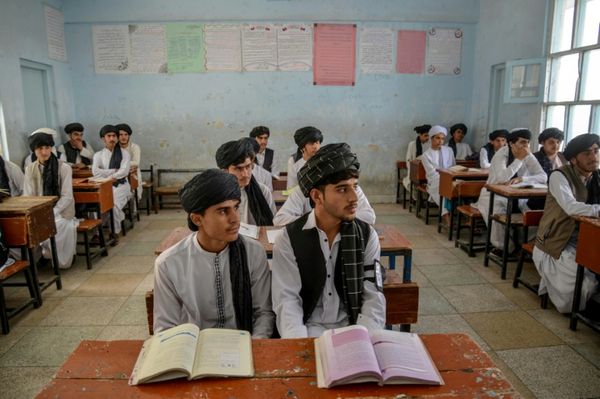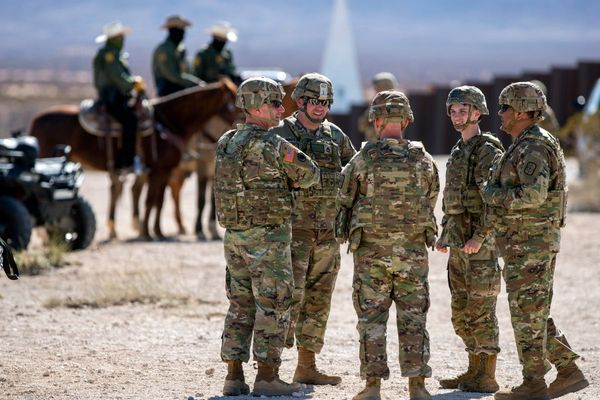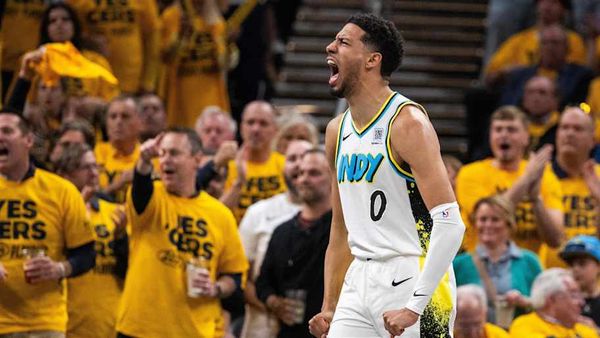Sydney is Australia's toll road capital, and crunching the latest rebate data has revealed the suburbs with the highest bills for driving on the Harbour City's highways.
Postcode data from NSW's Department of Customer Service showed more than 260,000 people in the state claimed $92.9 million in toll relief for the 2021-22 financial year.
More than 11,000 people in those suburbs claimed $4.2 million in relief in the 2155 and 2153 postcodes, which span the suburbs of Kellyville, Rouse Hill and Baulkham Hills in Sydney's north-west.
Road tolls have emerged as a key issue in the NSW election, and both major parties have promised cost-of-living relief for drivers.
The Coalition's policy came into effect earlier this year, allowing drivers to claim 40 per cent of tolls once they spend $375 in a year, up to a maximum of $750 in a year.
Labor has promised to cap people's weekly toll bill at $60 if elected this Saturday.
Pensioner Peter Jamieson lives at Daleys Point on the Central Coast with his wife and three granddaughters.
He drives the teenagers, who are playing football at elite level with Club Marconi, to Sydney's Bossley Park four times a week.
The return trip costs more than $44 per day in road tolls, or about $700 a month.
"I'm finding it very hard to keep on top of it," he said.
"I have struggled and struggled and struggled and my account has gone into arrears and then I might throw some more money on but it could go into arrears again," he said.
The journey takes about one hour and 40 minutes and avoiding the tolls by taking Pennant Hills Road adds about an hour.
"It's a parking lot, you may as well say at that time of day. I've done it. I've done it to try and test it," he said.
Barry Calvert, president of the Western Sydney Regional Organisation of Councils, said road tolls were discriminatory.
"Doesn't matter whether you're a pensioner and disabled, pensioner, single mother, whatever you are, you're paying the same amount. It discriminates," he said.
Mr Calvert said neither party had paid enough attention to the burden of road tolls.
"We would like both parties to come together on this and realise that what's happening here is the people of Western Sydney are being stretched to the limit where they're being asked to pay all this extra money," he said.
He said the amount paid in tolls was higher than estimated by the rebates because many people did not bother to claim them or did not know they could.
A 2022 upper house parliamentary committee on road tolling found that there were more than $1 million toll trips a year, raising more than $2 billion in revenue.
Labor's policy is not likely to have much effect in Mr Jamieson's electorate of Terrigal, which is held by Labor on a safe margin of 12 per cent.
About 650 people are claiming toll rebates in Mr Jamieson's postcode of 2257.
Voters in the electorate of Kellyville are claiming the highest rebates, though the seat is safely held by the Liberals on a margin of 23 per cent.
The Labor policy could have more traction in the neighbouring electorate of Riverstone, which is held by the Liberals on a margin of 6.2 per cent.
More than 10,000 residents in the 2762, 2763, 2765 and 2769 postcodes, which spans the Riverstone electorate, claimed $3.9 million in toll relief in 2021-22.
The Western Sydney Regional Organisation of Councils told the 2022 parliamentary inquiry that their data estimated that people in the north-west growth centre, covering the Blacktown, Hills Shire and Hawkesbury councils, were spending around $9,300 a year in tolls.
Mr Calvert, who is the deputy mayor of the Hawkesbury council, said there were not enough local jobs for people in Western Sydney.
"They can't just drive five or 10 kilometres. People out here driving 80 or 90 kilometres a day to go to work. And it's costing them a fortune," he said.







